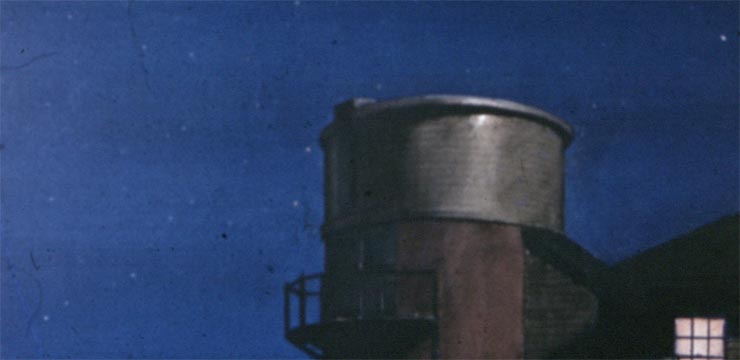December 2009
The Day We Found the Universe
Marcia BartusiakCombining her training as a journalist with a master’s degree in physics, Marcia Bartusiak has been covering the fields of astronomy and physics for three decades. She is currently a professor of science writing at the Massachusetts Institute of Technology and has published in a variety of publications, including Science, Smithsonian, Discover, National Geographic, Sky & Telescope, and Astronomy. She is the author of Thursday's Universe, a guide to the frontiers of astrophysics; Through a Universe Darkly, a history of astronomers' quest to discover the universe's composition; and Einstein’s Unfinished Symphony, a chronicle of the international attempt to detect cosmic gravity waves. All three were named notable books by the New York Times. She went on to write Archives of the Universe, an anthology and commentary on the historic discovery papers in astronomy, and most recently The Day We Found the Universe, on the birth of modern cosmology. Bartusiak is a two-time winner of the American Institute of Physics Science Writing Award and in 2006 garnered the AIP’s prestigious Gemant Award for her “significant contributions to the cultural, artistic, or humanistic dimension of physics.” In 2008 Bartusiak was elected a Fellow of the American Association for the Advancement of Science, cited for “exceptionally clear communication of the rich history, the intricate nature, and the modern practice of astronomy to the public at large.” Bartusiak lives with her husband, mathematician Steve Lowe, and their dog Hubble in a suburb of Boston.
The Day We Found the Universe: A dramatic narrative of the discovery of the true nature and startling size of the universe, delving back past the moment of revelation to trace the decades of work—by a select group of scientists—that made it possible. On January 1, 1925, thirty-five-year-old Edwin Hubble announced findings that ultimately established that our universe was a thousand trillion times larger than previously believed, filled with myriad galaxies like our own. It was a realization that reshaped how humans understood their place in the cosmos. Six years later, continuing research by Hubble and others forced Albert Einstein to renounce his own cosmic model and finally accept the astonishing fact that the universe was not immobile but instead expanding. The story of these interwoven discoveries includes battles of will, clever insights, and wrong turns made by the early investigators in this great twentieth-century pursuit. Here is the watershed moment in our cosmic history, splendidly arising from the exceptional combination of human curiosity, intelligence, and enterprise.
NOTE: Marcia will be available after the talk to sign her books. For those who do not already have a copy of her book(s), she will have some available for purchase at $20 per copy.


2009 Geminid Meteor Shower Report
The sky was cloud free, and I easily had a limiting magnitude of at least 5.5 at zenith. Immediately I observed one, then two, then three meteors in rapid succession. Though I had dressed for the cold, it didn’t take long for me to get really chilled. Within about 10-15 minutes I had counted six Geminids.



